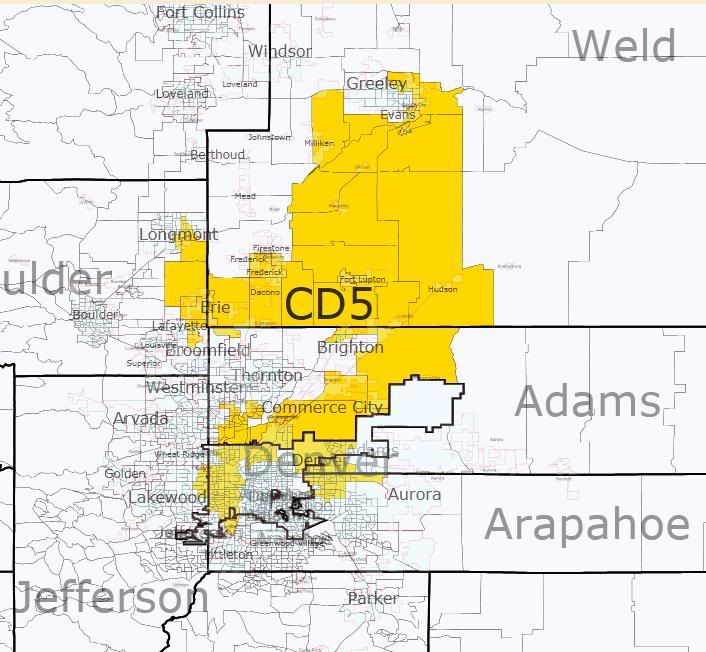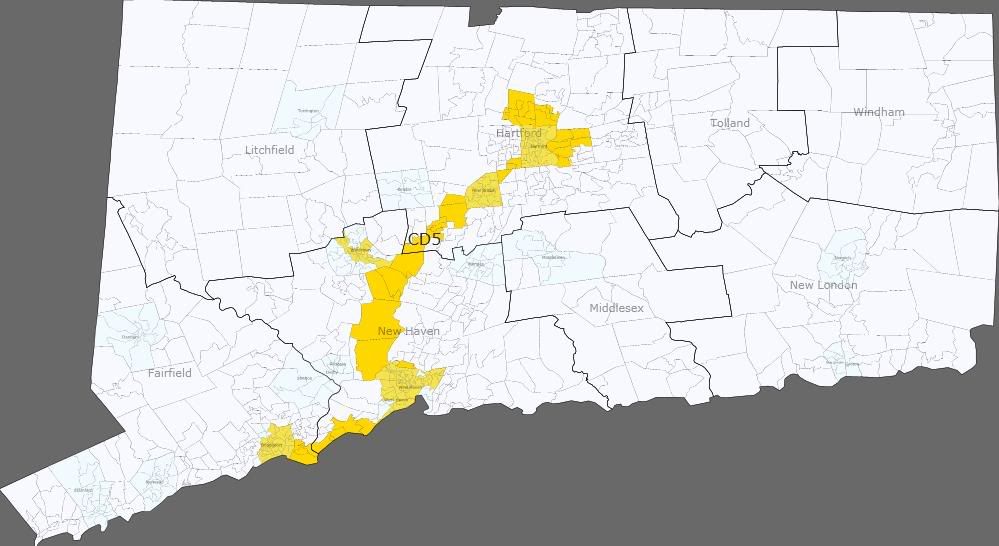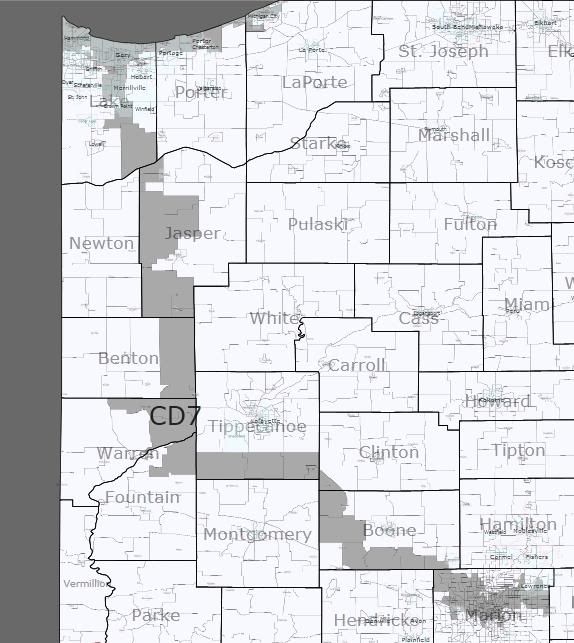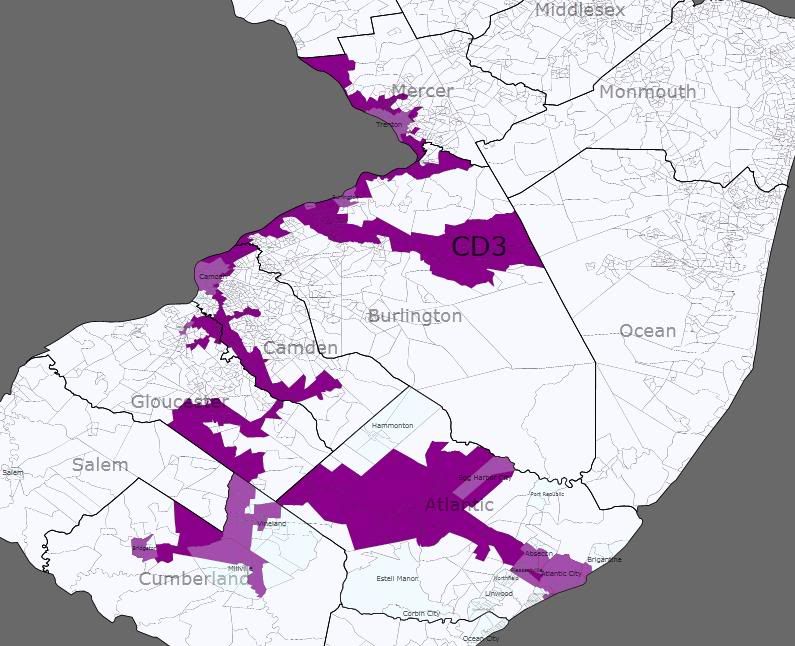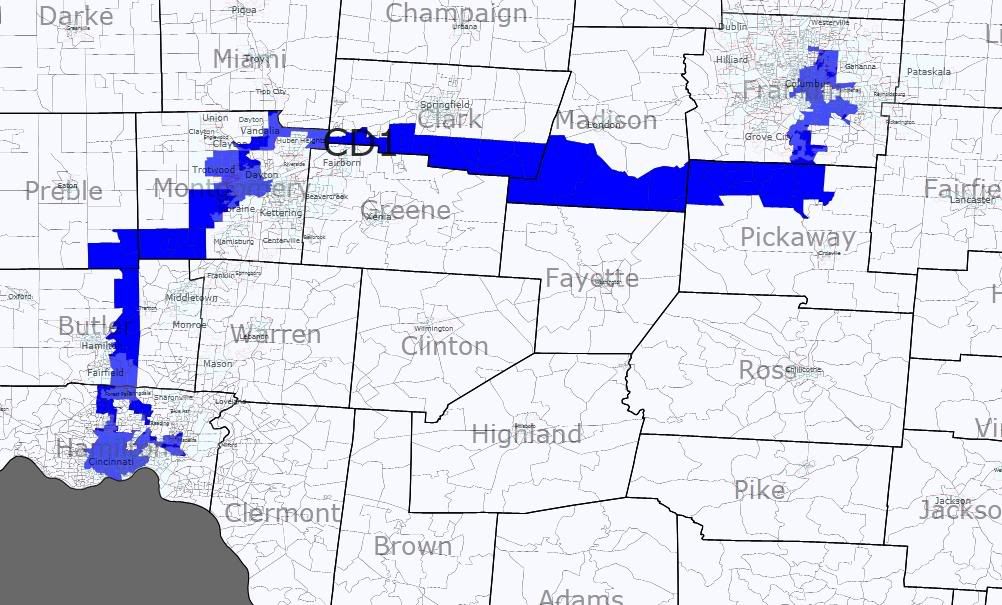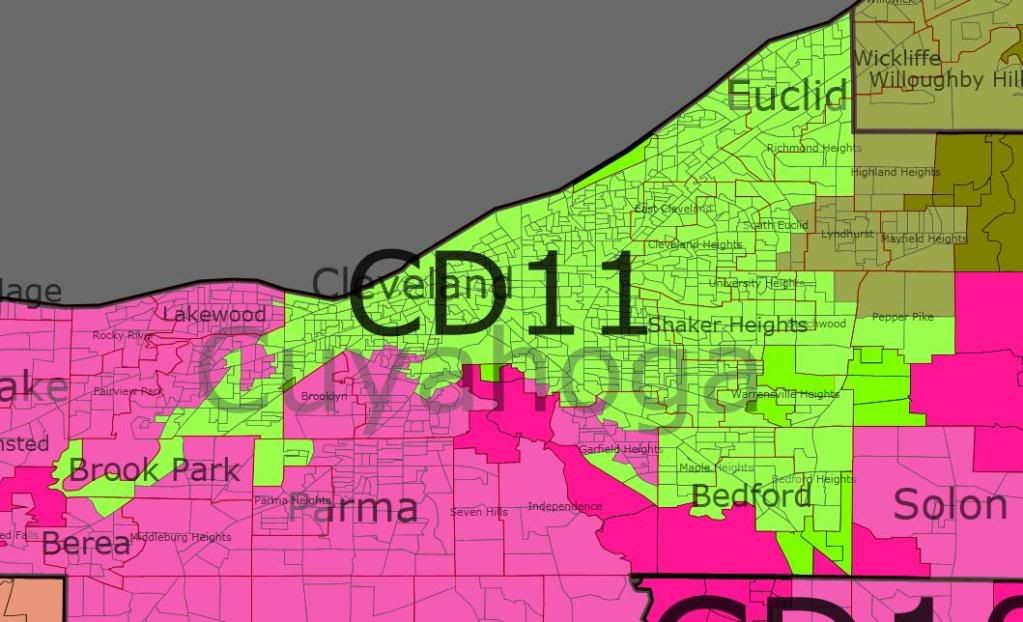The primary season gets underway in earnest this week, with contests in Indiana, North Carolina, and Ohio tomorrow. Additionally, Utah’s state GOP convention is on Saturday. Also note that North Carolina has a top-two run-off (scheduled for June 22nd) for any races where the leading candidate fails to clear 40% in the first round. (For a complete primary & run-off calendar, click here.) Below is a roundup of some of the key races to watch for:
- IN-Sen (R): This may well be the most interesting primary on Tuesday. It’s a true ground zero face-off between the establishment and the teabaggers. In one corner is Dan Coats, who couldn’t get more bougie if he tried. Not only is he a former Senator, he’s spent the last decade as a Washington lobbyist for a host of unsavory clients. In the other corner… well, there are two corners. One is occupied by certified nutball ex-Rep. John Hostettler, who is as allergic to raising money as he is to sanity. The latter quality has endeared him to the base, but the former is a big obstacle to, well, winning. Which leaves state Sen. Marlin Stutzman, who has been eating a good portion of Hostettler’s lunch – among other things, he’s secured the endorsement of Jim DeMint, the patron saint of hopeless right-wing primary candidates. There’s been precious little polling of the race, but what we’ve seen indeed suggests that Stutzman and Hostettler are splitting the crazies, which could allow Coats to sneak through with a very underwhelming vote total. This is one of those races where it’s just hard for a Democrat to say who we’d be better off with as our opponent – they’re all great! (David)
- IN-02 (R): Most people have assumed that state Rep. Jackie Walorski – “Wacky Jackie” to those who know her best – will be the GOP’s nominee in the 2nd, as she was the NRCC’s prize pick and she’s well-known (as a former local TV news reporter and a member of GOP leadership in the state House). She still faces a challenge from Jack Jordan, the president of the Bremen school board. Despite a long stint as an executive at local pharma company Eli Lilly, Jordan seems to be working the angry average-guy angle, and if there’s a year to be doing that, it’s this year. (Crisitunity)
- IN-03 (R): Republican incumbent Mark Souder, a notorious under-performer in this deeply Republican district, may finally be running out of rope. A recent SUSA poll only gave Souder a 35-29 edge over auto dealer Bob Thomas, with attorney and former Dan Coats staffer Phil Troyer gobbling up nearly 20%. One way or the other, though, Souder’s time in Congress is rapidly coming to a close — he recently told Brian Howey that he’s strongly inclined to retire in 2012 if he survives this dogfight. The winner of this pie fight gets to face ’06 Democratic nominee Tom Hayhurst, a physician and former Fort Wayne city councilor. (James)
- IN-04 (R): With incumbent Republican Steve Buyer making this term his last in this deeply Republican suburban donut district, the GOP primary is where it’s at. Secretary of State Todd Rokita may think he has control of the two turntables and the microphone in this race, but state Sen. Brandt Hershman has been raising a respectable sum of cash – and has Buyer’s endorsement. State Sen. Mike Young is also in the mix, but his fundraising is barely existent. (J)
- IN-05 (R): If there was ever a year to give GOP Rep. Dan Burton’s ass the boot, it’s this one. After winning a surprisingly close primary contest against former Marion County Coroner John McGoff, four viable Republicans have stepped up to challenge Burton this year – including McGoff again. Joining them are state Rep. Mike Murphy, ex-state Rep. Luke Messer, and former Dan Quayle/Dan Coats staffer Brose McVey. With a field chopped up in so many ways, Burton just may survive. (J)
- IN-08 (R): Republicans were caught off guard in this district after Democrats managed to beam up incumbent Rep. Brad Ellsworth to the Senate race, and they lack a well-known name to take advantage of this open seat. However, NRCC-types like surgeon Larry Buschon, who has managed to bank a decent amount of coin for his bid. However, he’ll have to fight through a field crowded with seven other candidates, including teabagger fave Kristi Risk. The theory swirling around the tubes is that, since this district is ground zero for John Hostettler nut-wing Republicans, Hoss’s Senate campaign may excite enough ‘baggers to threaten Buschon. It’d be surprisng if this one plays out that way, though. (J)
- IN-09 (R): Douchebag ex-Rep. Mike Sodrel is making his fifth crack at this seat, but he’s facing somewhat stiff competition in the primary from attorney Todd Young, who seems to be the favorite of an establishment tired of the retread Sodrel. Also waiting in the wings is teabagger Travis Hankins, who has raised enough scrilla to keep himself in the game. (J)
- NC-Sen (D): North Carolina Democrats will head to the polls to give either Secretary of State Elaine Marshall, ex-state Sen. Cal Cunningham, and attorney Ken Lewis the right to take on anonymous frosh GOP Sen. Richard Burr in November. One of these candidates will need to break the 40% barrier in order to avoid a June runoff. While no one has polled close to that marker yet, local boy Tom Jensen is betting that one of Cunningham (the man with the money) or Marshall (the name you know) will cross that barrier. (J)
- NC-08 (R): Republicans have been licking their chops over the chance to dethrone Larry Kissell after just one term in the House, but their field of candidates is decidedly second-tier. Businessman Tim d’Annunzio has spent nearly $1 million, making him something of a favorite – but he’s also racked up a long list of unflattering incidents on the campaign trail that suggest his campaign, though well-funded, is completely unhinged. D’Annuzio will face ex-sportscaster Harold Johnson, retired Army Col. Lou Huddleston, and engineer Hal Jordan in the primary. It wouldn’t be a shock to see this one go to a runoff. (J)
- NC-11 (R): This one may not rank very highly on the GOP’s target list, but Republicans have a number of warm bodies in the race against sophomore Dem Rep. Heath Shuler, in case things get interesting. Businessman Jeff Miller and ophthalmologist Dan Eichenbaum have both spent over $100K on their campaigns as of mid-April, while Hendersonville Mayor Greg Newman is running on spare change and a pocketful of dreams. (J)
Ohio:
- OH-Sen (D): Two Democrats are fighting for the right to take on Republican Rob Portman, the former congressman and Bush budget director: Lt. Gov. Lee Fisher and Secretary of State Jennifer Brunner. Fisher, who’s enjoyed a sizable fundraising edge as well as support from the DSCC, has seen his lead expand a good deal in recent public polling. Turnout will probably be low, which always increases unpredictability, so it may not be quite a done deal – but Fisher is looking pretty good. (D)
- OH-02 (D): The choice for Dems is between Surya Yalamanchili, a former star of the reality show “Apprentice,” and novelty playing-cards mogul David Krikorian, who took 18% as an independent in 2008. “Chili,” as he is known, has not raised very much but appears to have consolidated the support of much of the local establishment (including endorsements from the past two Dem nominees in the district, Vic Wulsin and Paul Hackett). Meanwhile, Krikorian (a self-described “Reagan conservative”) seems to have ticked a few people off and apparently mocked his opponent’s name at a recent campaign event. Not pretty. (D)
- OH-02 (R): Jean Schmidt, who hasn’t been in Congress all that long, has faced serious primary challenges in both of her re-election campaigns, escaping by just 5% in 2006 and a somewhat more respectable 18% in 2008. Part of the reason Schmidt survived both times is because of the split field facing her. The same is true this year. Warren County commissioner Mike Kilburn is probably Schmidt’s most legitimate challenger, but Some Dudes Debbi Alsfelder and Tim Martz are also in the race. Kilburn has only raised $30K, though, while Schmidt has spent more than $400 grand. Still, with anti-incumbent sentiment running as high as it has in ages, and with Schmidt being Schmidt, I suppose you never know. (D)
- OH-16 (R): Businessman and former smalltown mayor Jim Renacci is the NRCC’s favorite here, and he’s raised over half a million to date (plus he’s given himself a $120K loan). But he’s facing a challenge from his right in the form of Matt Miller, a former Ashland County Commissioner. Miller is no run-of-the-mill teabagger. In 2006, he pulled in 42% of the vote against incumbent Rep. Ralph Regula (who was running what would be his last race). And in 2008, with the seat open, Miller came within 5 points of snatching the nomination from establishment-preferred state Sen. Kirk Schuring. Against this history, Renacci has already spent $500K to Miller’s tiny $24K. An upset is a definite possibility here. The winner takes on freshman Rep. John Boccierri. (D)
- OH-18 (R): In a somewhat similar scenario, state Sen. Bob Gibbs is the GOP bigs’ favorite to challenge sophomore Rep. Zack Space. Classically, this means that Gibbs is hated by the teabag set, and he faces some real opposition, especially given his un-awesome fundraising. Fred Dailey, the 2008 nominee who got splattered by Space 60-40, is running, and he’s been howling loudly about the alleged “favoritism” the establishment has shown toward Gibbs. The other notable candidate is Jeanette Moll, who lost to Dailey in the primary last cycle and has run radio ads attacking Gibbs as a tax-increasing libruhl. Both this race and the contest in the 16th CD ought to provide an interesting read on how big the split really is between the grassroots and the powers-that-be in the Republican Party. (D)
Utah:
- UT-Sen (R): Saturday is D-Day for Bob Bennett, who seems poised to become the first incumbent member of the Senate to fall this year. Oddly, though, the voters may not even get to take the chance to take their anger out on him, because he may not be able to make it out of the state Republican convention onto the primary ballot. In fact, Bennett would probably prefer that the broader population of primary voters, rather than the right-wing activists who dominate the convention, decide his fate. That’s because a variety of polls of convention delegates suggest that Bennett will be hard pressed to even make it to the final round of balloting (where Mike Lee and Tim Bridgewater seem to poll better). And even if Bennett somehow does make it to the final round against Lee, Lee is likely to consolidate all the anti-Bennett votes and clear the 60% mark needed to nail down the GOP nomination without a primary. Bennett is by no means a moderate, but he’s guilty of occasionally trying to legislate in conjunction with Democrats, which in this climate means he’s likely to get his walking papers. (C)

